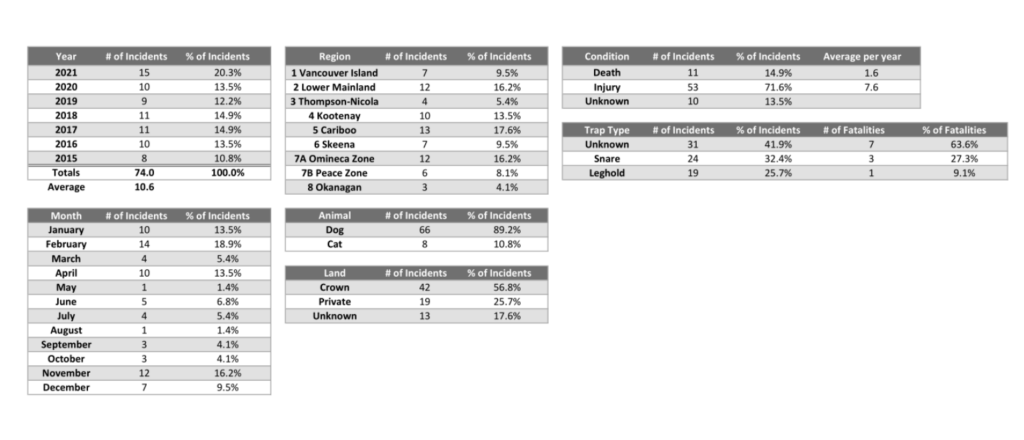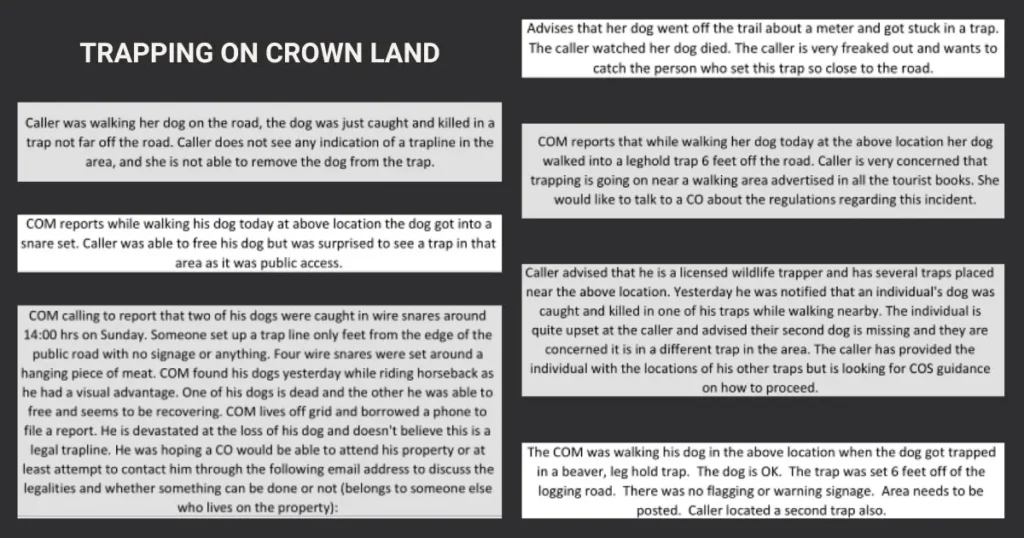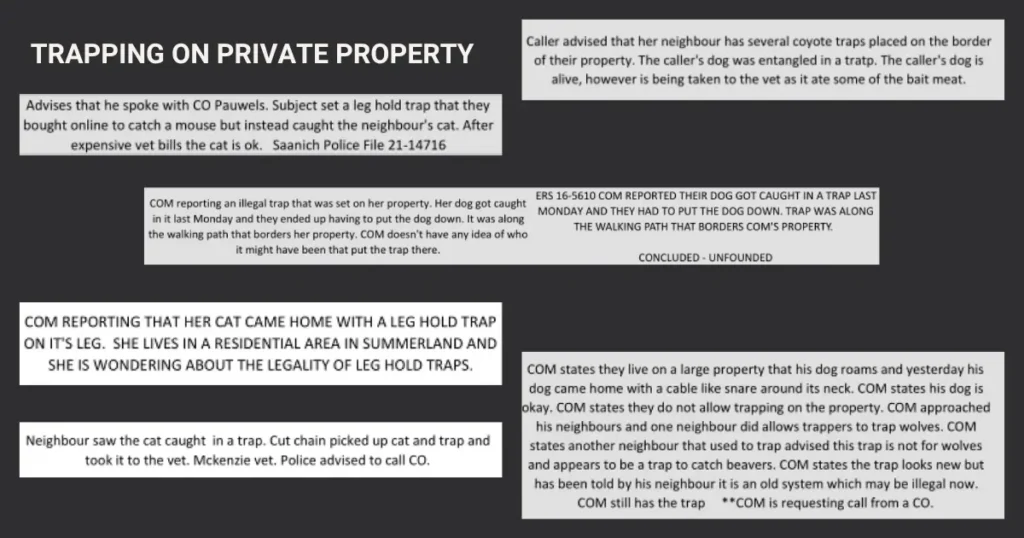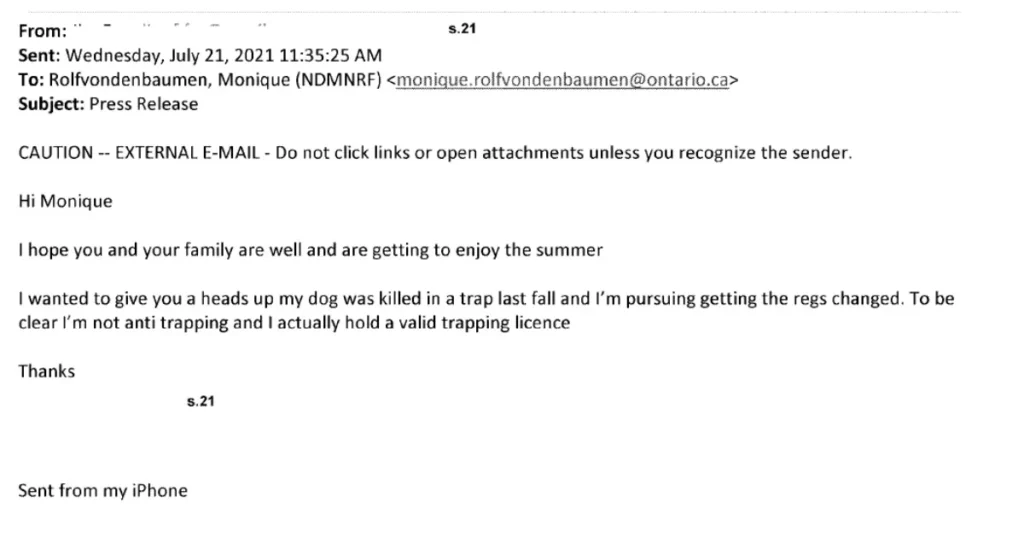Why are dogs and cats getting injured and killed by traps?

October 12, 2023
Every year in Canada, dozens of dogs and cats are caught in traps set for wildlife. The actual number is unknown, as governments do not track these incidents nor is it mandatory for trappers to report trapped pets to authorities. Earlier this year, The Fur-Bearers published preliminary data to understand the scale of this phenomenon in our brief, Collateral Damage – The Unreported Victims of Wildlife Trapping: Cats and Dogs.
This post will provide insight into the circumstances behind companion animals becoming caught in traps, and what can be done about it. Focusing on British Columbia and its regulatory framework, this post will examine the various situations in which pets become caught in traps by referencing several incidents that were reported to the province over a seven-year period (2015-2021). Trapping is provincially regulated, meaning that regulations vary from province to province, but many of the regulatory gaps seen in B.C. can be found in other provinces as well. A summary report of trapping incidents in B.C. was obtained by The Fur-Bearers through a freedom of information request and can be downloaded by clicking here. Select incidents from this report are presented in the corresponding sections below.
Trapping on Crown land
Trapping is considered a commercial activity by the Government of B.C. The province regulates trapping, requiring anyone who traps fur-bearing animals for commercial purposes to obtain a trapping license. The province receives royalties for fur pelts kept by trappers. Fur-bearing animals are typically trapped so their pelts can be sold to the fashion fur industry. People also obtain trapping licenses to trap fur-bearing animals for recreational reasons, as many trappers kill wildlife for trophies, sport, or as a hobby. In both cases, commercial and recreational trapping typically occurs on traplines on Crown land. This is where many dogs are injured and killed by traps.
According to the province’s data for the time period above, 57% of reported incidents involving pets and traps happened on Crown land. The only setbacks required for traps is that they must be set at least 200m from dwellings. Traps may be set near roads and paths on Crown land, in areas frequented by other members of the public, putting people and pets at risk. According to the province, Crown land is “…available to the public for many different purposes – from industry to recreation and research.” (Emphasis added)
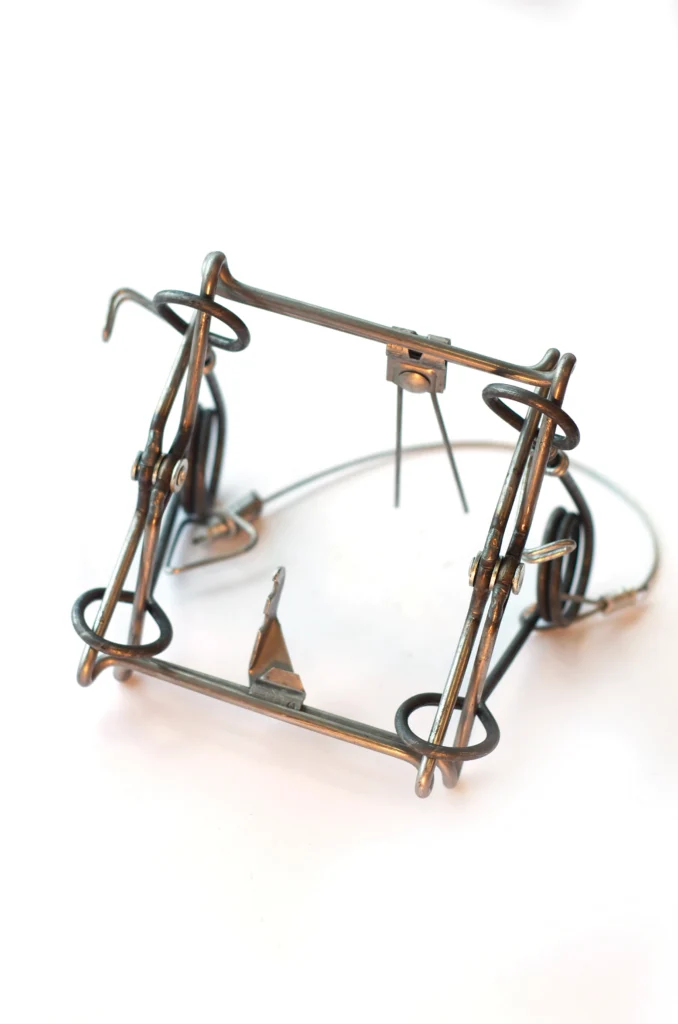
Crown land is shared public space; a trapper has no more of a right to use Crown land than a person hiking with their dog. But the ability for citizens to enjoy Crown land safely is undermined by a commercial trapping regime that fails to sufficiently regulate the dangers posed by trapping.
Many recreational outdoor activities on crown land do not pose a risk to the public like hiking, foraging, and nature photography. But trapping does pose a risk to the public. Our view is that the province has a duty of care to regulate this licensed activity to protect the public from its potential to harm others. But as it currently stands, there is no legal requirement for warning signs for traps or traplines in British Columbia.
Many people enjoying the outdoors in these shared public spaces may not know that they are walking near or even on an active trapline. The Fur-Bearers has advocated for mandatory warning signs to the B.C. government for over ten years, an essential public safety measure that the province has never acted on. While the provincial trapping guide advises trappers that warning signs should be used, and some trappers voluntarily post warning signs, this is not a legal requirement.
The following image shows incidents of dogs becoming caught in traps set on Crown land.
Trapping on private property
The province identified 26% of incidents involving pets and traps occurring on private property. People may trap animals on their property to remove animals perceived as “pests” or “nuisances”. The Fur-Bearers works to promote coexistence with wildlife and provides education about non-lethal, humane alternatives to trapping, but many people unfortunately still turn to lethal trapping to remove animals like raccoons, skunks, and rabbits from their property.
In B.C., citizens can trap and kill certain animal species on their own property provided certain conditions are met under the regulations. Anyone can buy traps like leg-holds, snares, Conibears, and cuff-traps online or from retail hunting stores. No license is required to buy a trap. Traps are often baited or scented to attract wildlife, so if cats and dogs are roaming nearby, they may be lured by the bait and find themselves caught in a trap. Again, there is no requirement to post warning signs or alert neighbors when traps are set.
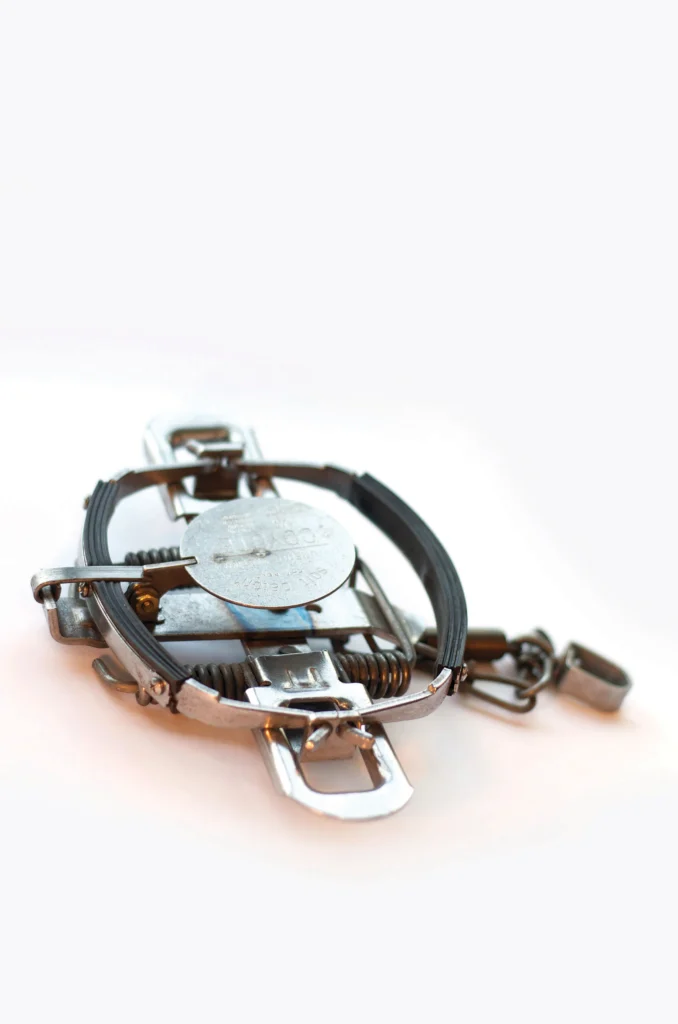
The following are incidents of dogs and cats caught in traps on private property.
Trapping in municipalities
There are a range of reasons why animals are trapped within municipalities. Businesses and public sector organizations may hire licensed trappers or pest control agencies to remove animals from their properties. Government wildlife agencies may set live or kill traps for targeted animals (note that the province does post warning signs). But citizens may also set traps on their own private property within municipal boundaries. While they are subject to the 200m dwelling rule in B.C., there is an exemption to this distance rule for “egg traps” or cuff-style traps, which are typically used to trap raccoons. There are reported incidents of cats becoming caught in these traps in Canada.
In response to the dangers caused by trapping in densely populated areas, many municipalities have shown leadership to restrict trapping within their jurisdiction. The Fur-Bearers compiles a list of municipalities in Canada that have introduced trapping restrictions, click here to view the list.
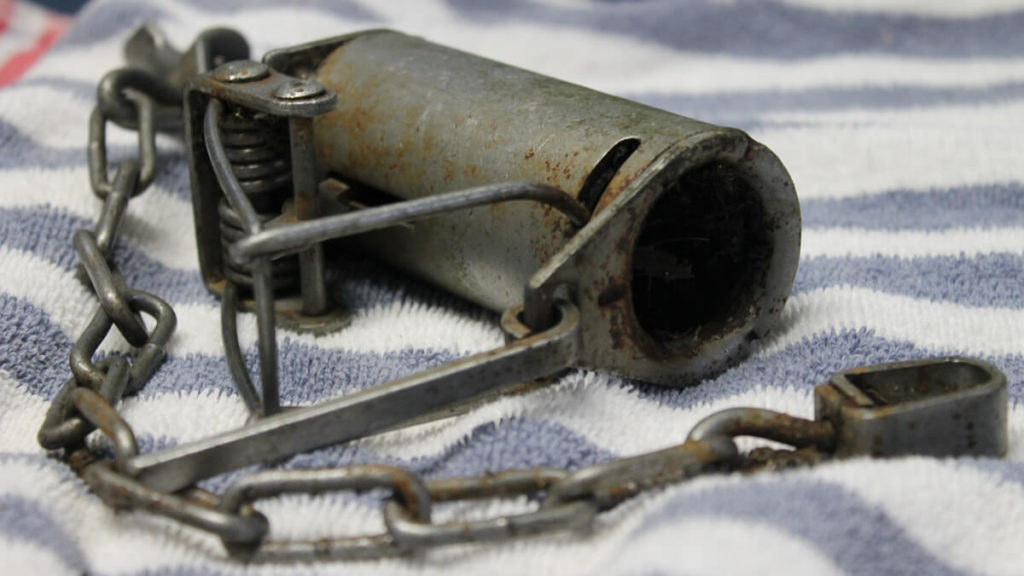
Illegal trapping
After publishing our report on pets becoming caught in traps, the fur industry responded to our research as not differentiating between legally and illegally set traps. With seven years of data from B.C. and other provinces, we have the records to demonstrate that this issue is the result of both legal and illegal trapping. Seventy-four incidents have been provided in the pdf above for anyone to review. In addition to these incidents, we have also reviewed hundreds of pages of incidents from other provinces.
It is well documented that domestic dogs and cats are injured or killed because of illegal trapping activities, but these are not isolated incidents or a case of a few bad apples.
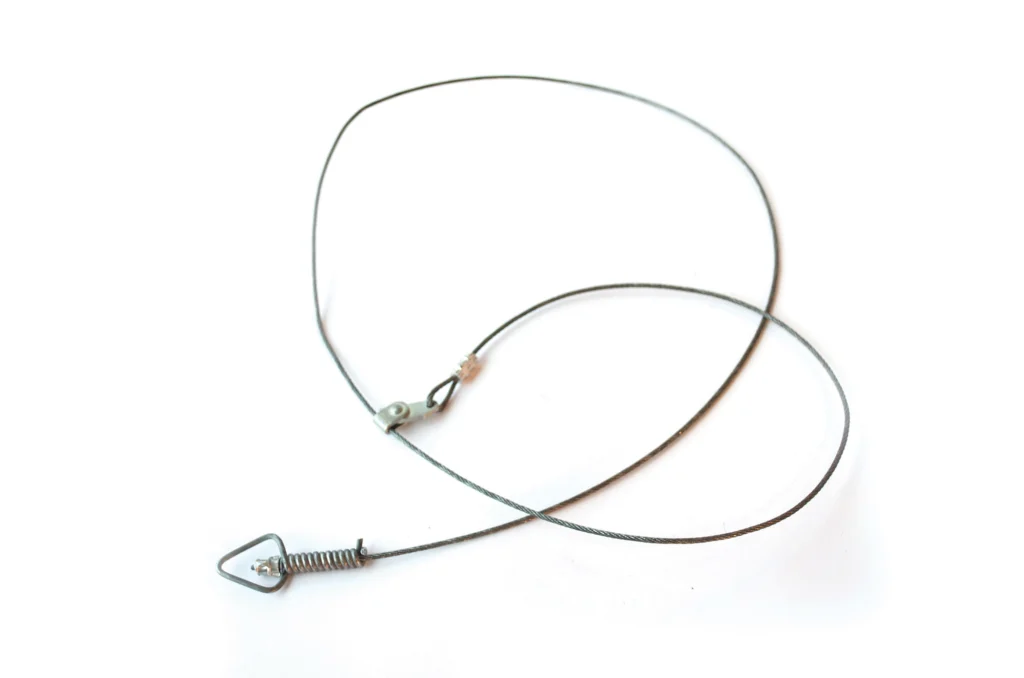
The fact that there have been numerous cases where illegal trapping has been identified as injuring or killing pets shows that there are deeper, systemic problems that result in pets being caught in traps: inadequate regulations, lack of enforcement, and people who blatantly disregard laws to kill wildlife. There are several ways to curb illegal trapping:
- Restrict the sales of traps to licensed trappers (similar requirements exist around purchasing commercial or specific poisons).
- Require identification tags with license numbers on all traps (similar requirements exist around setting traps to harvest shellfish).
- Mandatory warning signs and increased enforcement.
- Provincial governments promote and prioritize non-lethal alternatives to trapping for wildlife management.
Generally, the fur industry has not been supportive of regulatory changes to make warning signs mandatory, however according to a freedom of information request from Ontario, at least one trapper believes regulations should change.
Solutions
In our policy brief, The Fur-Bearers included a number of recommendations to protect the public from trapping and address the issue of pets becoming caught in traps. These include mandatory tracking and reporting measures, mandatory warning signs, mandatory ID tags, mandatory setbacks, municipal trapping restrictions and education about non-lethal, humane alternatives for wildlife management, and the governments initiate public engagement processes over the future of commercial and recreational trapping. Additional measures should include restrictions on the sale of traps, and increased enforcement by the authorities.
Take precautions
As the fall and winter mark the opening of trapping seasons across Canada, the public is at greater risk of encountering traps during this time. If you have cats, ensure that they are kept indoors or their outdoor space is restricted, for example, by building catios. For dog owners, the unfortunate reality is that traplines exist on Crown land and there may not be any signage to warn you, so there is a risk to letting your dog off-leash when you’re going for a walk in these areas. Take appropriate precautions and arm yourself with the knowledge that traps exist in shared public spaces. You can contact provincial authorities to ask if active traplines exist in the areas you frequent.
The Fur-Bearers produced an instructional video on how to release a dog or cat from commonly used traps. If you do find yourself in a crisis, use the knowledge in this video to free your companion. Please share this video with others who may find the information useful.
Take Action!
People should feel safe when enjoying outdoor activities and be able to live in areas without fear that their companion animals will become injured or killed by traps. You can raise your concerns in two ways:
- Contact your municipality and advocate for trapping restrictions in your community. You can look through our municipal trapping database to get an idea of trapping bylaws that exist in other towns and cities.
- Contact your MLA or MPP. You can look up your elected representative using our resource page by clicking here. As trapping is a provincially regulated activity, raise your concerns about trapping to your provincial representative. You can include the recommendations we listed under the ‘solutions’ section above, but it is important to speak to the issue from your own voice and what it means for you as a citizen, a dog or cat guardian, and as a wildlife advocate that opposes the use of traps.
